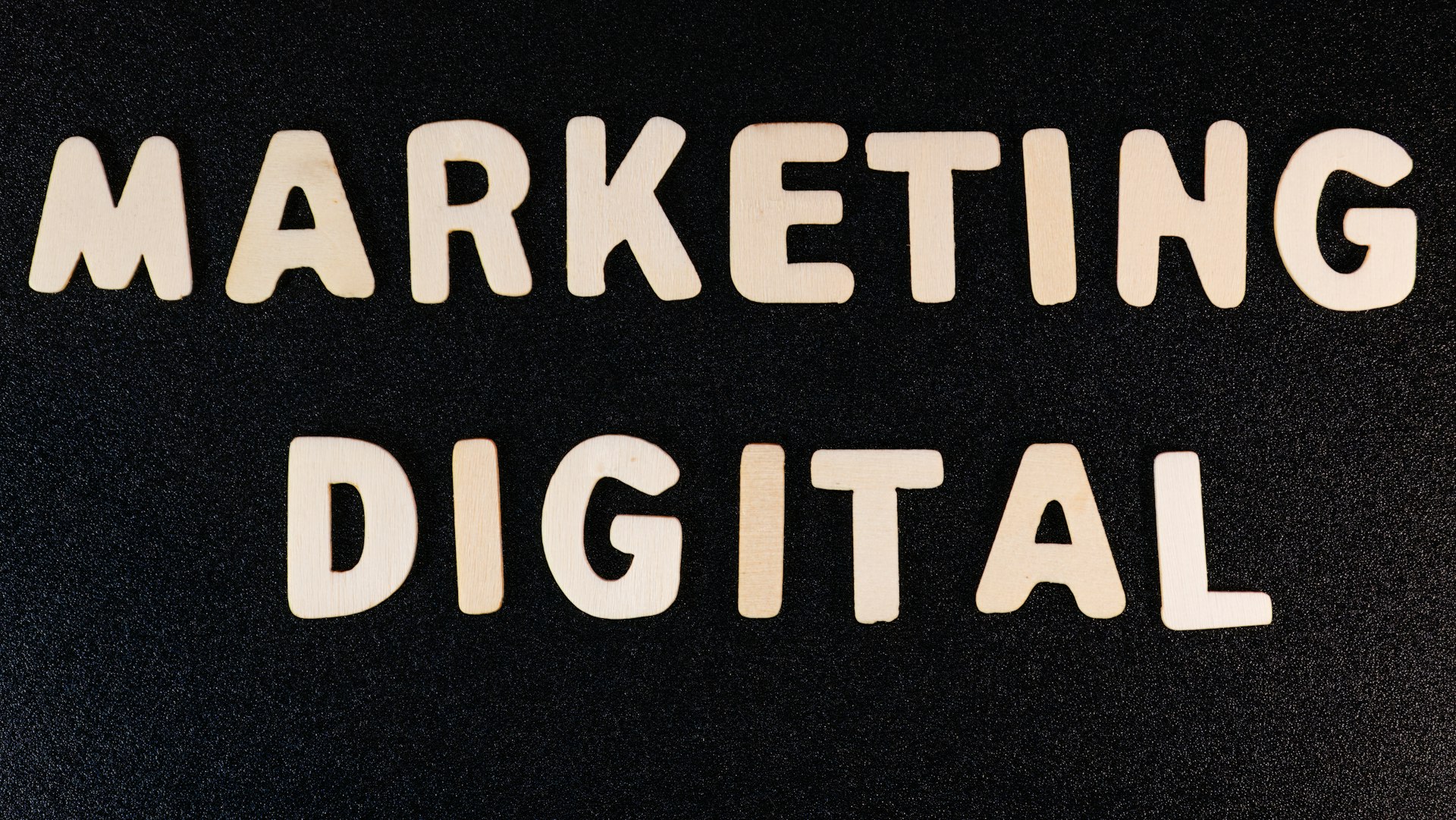Personalizing Education: Proven Strategies, Real Results, and How to Get Started

Photo by – Landsmann – on Unsplash
Introduction: The Power of Personalized Education
Personalized education is rapidly emerging as a transformative approach in schools, businesses, and online learning platforms. By adapting instruction, curriculum, and assessment to each learner’s unique needs, interests, and abilities, educators can unlock higher achievement, deeper engagement, and a lifelong love of learning [1] . In this guide, we’ll explore proven methods for personalizing education, present compelling case studies, and offer step-by-step instructions for implementation-whether you’re a teacher, administrator, parent, or organization.
What Does Personalizing Education Mean?
At its core, personalized education means tailoring every aspect of learning to fit the individual. This includes:
- Instruction: Delivering content in a way that resonates with each student’s background and learning style.
- Curriculum: Selecting materials and projects relevant to personal interests and future goals.
- Assessment: Measuring progress through methods that reflect mastery, not just seat time [2] .
Personalization can occur in one-on-one tutoring, mentoring, flexible classroom models, and technology-driven environments. The goal is always the same: connect new learning to what the student already knows, and provide pathways for authentic growth [1] .

Photo by A. C. on Unsplash
Strategies for Personalizing Education
1. One-on-One Tutoring and Mentoring
Direct, individualized instruction remains one of the most effective methods for personalized learning. By assessing what the learner knows and linking new concepts to prior experiences, educators make lessons meaningful and memorable. For example, a parent explaining mechanical concepts through a child’s experience with bicycles can spark genuine understanding [1] .
Mentoring pairs less experienced learners with seasoned experts, guiding growth through shared challenges. While highly effective, these models can be resource-intensive and may be difficult to scale across large groups.
2. Competency-Based Education (CBE)
In CBE, students progress by demonstrating mastery rather than simply spending time in class. This approach allows learners to move at their own pace, receive extra support where needed, and advance when ready. Schools using CBE have reported up to a 20% increase in graduation rates [2] . To implement CBE:
- Define clear, measurable learning outcomes for each course or unit.
- Assess students using tools that measure skill mastery (e.g., portfolios, presentations, performance tasks).
- Allow flexible timelines for students to achieve proficiency.
Potential challenges include aligning existing curricula and assessments with mastery standards. Solutions involve professional development, curriculum redesign, and ongoing support.
3. Project-Based and Inquiry-Based Learning
Project-Based Learning (PBL) and Inquiry-Based Learning empower students to explore real-world problems, ask questions, and design solutions. These methods foster creativity, collaboration, and critical thinking-key skills for future success. For instance, students may design a sustainable community project or lead a campaign on local environmental issues, applying academic concepts to meaningful challenges [5] .
To implement PBL or inquiry-based approaches:
- Identify topics relevant to student interests and community needs.
- Guide students through research, brainstorming, and solution development.
- Encourage reflection, presentation, and peer feedback.
Challenges may include balancing curriculum requirements with open-ended projects. Solutions include integrating standards into project milestones and using rubrics to assess diverse outcomes.
4. Flexible Pacing and Technology Integration
Modern classrooms increasingly rely on technology to support flexible, anywhere-anytime learning. Learning Management Systems (LMS), adaptive games, and digital collaboration tools allow students to access materials at their own pace and revisit content as needed [3] . For example, Prodigy Math offers individualized math practice, resulting in improved test scores for students who use it regularly [4] .
To integrate technology:
- Choose platforms that align with your learning goals and are accessible to all students.
- Offer training for educators to maximize tool effectiveness.
- Monitor student progress and adapt instruction based on real-time data.
Potential barriers include access to devices and internet, as well as data privacy concerns. Solutions may involve seeking grants, using district resources, and establishing clear data protection policies.
5. Student Agency: Choice and Voice
Empowering students to make choices in their learning fosters intrinsic motivation and deeper engagement. Structures like learning centers, flipped classrooms, and curated playlists allow students to select topics, resources, and even design their own learning plans [3] .
To build student agency:
- Offer multiple options for assignments and projects.
- Encourage students to set personal goals and reflect on progress.
- Solicit student feedback to continuously improve learning experiences.
Challenges include ensuring all choices meet learning objectives and maintaining equitable access. Solutions involve clear guidelines, scaffolding, and ongoing mentorship.
Step-by-Step Guide to Implement Personalized Education
- Assess Student Needs: Gather data on students’ skills, interests, learning styles, and backgrounds through surveys, assessments, and observation.
- Set Clear, Measurable Goals: Define learning objectives for each student or group that reflect mastery, not just completion.
- Develop Individualized Learning Plans: Use assessment data to create customized roadmaps, including timelines, materials, and support strategies.
- Train Educators: Invest in professional development on personalized learning methods, technology tools, and assessment strategies [4] .
- Implement Flexible Instruction: Use blended learning, adaptive technologies, and differentiated teaching to meet students at their level.
- Monitor Progress and Adjust: Regularly review student data and feedback to refine instructional approaches and support struggling learners.
- Engage Families and Communities: Involve parents, mentors, and local organizations in supporting and enriching personalized learning experiences.
Accessing Resources and Support
To access personalized education resources:
- Contact your local school district or education agency to inquire about personalized learning programs and teacher training opportunities.
- Search for reputable online platforms such as Prodigy Math ( https://www.prodigygame.com/ ) for adaptive learning solutions.
- Use official education websites (like your state’s Department of Education) to find competency-based education initiatives and project-based learning resources.
-
For professional development, consult organizations such as the Aurora Institute (
https://aurorainstitute.org/
) and Center for American Progress (
). - If you are a parent or student, request information about student advisories and mentorship programs from your school or local PTA.
Where direct links cannot be verified, you can search for programs using keywords like “personalized education,” “competency-based learning,” “project-based learning,” and “student agency,” combined with your location or institution name.
Challenges and Solutions in Personalizing Education
Personalized education is not without its hurdles:
- Resource Allocation: One-on-one instruction and individualized plans can be time-consuming and require additional staffing. Schools can address this by leveraging technology and group mentoring.
- Equity and Access: Not all students have equal access to technology or support. Solutions include community partnerships, grants, and flexible instructional models.
- Assessment Alignment: Standardized testing may not reflect personalized learning outcomes. Advocacy for performance-based assessments and portfolio reviews can help.
- Teacher Training: Teachers need ongoing support and training to effectively personalize learning. Districts can provide workshops, peer coaching, and access to online professional learning communities.
Key Takeaways
Personalizing education is a dynamic, research-backed approach proven to improve learning outcomes, engagement, and graduation rates [2] . By combining flexible instruction, technology, student agency, and robust assessment practices, educators and organizations can create meaningful, individualized learning experiences for every student. For guidance, contact your local education agency, explore verified online resources, and invest in ongoing professional development.
References
- [1] Valamis (2024). Personalized Learning: Plan, Benefits, Examples [Guide].
- [2] Schools That Lead (2023). 10 Examples of Personalized Learning for High School Students.
- [3] PowerSchool (2025). A Complete Guide to Personalized Learning in K-12 Education.
- [4] Prodigy Game (2024). Personalized Learning: Definition, Common Strategies, Plans.
- [5] PioGroup (2024). 20 Innovative Teaching Methods With Examples.



